Tactile Sensory Activities In The Garden
Why Tactile Sensory Activities Matter
Tactile sensory input is one of the first senses babies experience. As children grow, hands-on tactile sensory activities facilitate brain development as new neural pathways form. Tactile play builds nerve connections between the brain and the rest of the body. These pathways transmit sensory information that helps children understand and learn about the environment around them. Tactile sensory activities can be really beneficial for children with sensory processing disorders.
Engaging in tactile sensory activities enables children to use their sense of touch to distinguish between different textures, shapes, materials, temperatures, vibration, and weight. Repeated exposure to various textures in context supports neural growth and sensory integration. Children learn to process and organise the tactile stimuli they encounter. These can be implemented at home as part of a specific sensory curriculum.
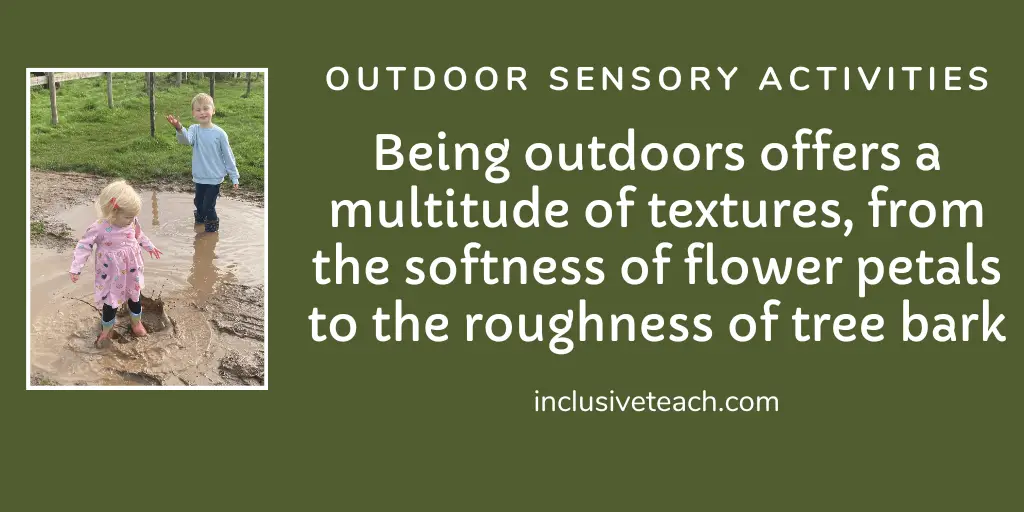
Benefits of Outdoor Sensory Activities
Spending time in the garden or park is not only fun for children but can also be a rich sensory experience. Nature and the outdoors offers a multitude of textures, from the softness of flower petals to the roughness of tree bark. By engaging in tactile sensory activities, children can improve their fine motor skills, understand their environment better, and stimulate their creativity. There are huge benefits to developing gross motor skills as well, running, reaching up, bending down. Here are some engaging, simple activities you can set up in your garden. You may also like our Windy Day outdoor activity ideas
Active Tactile Garden Sensory Activities
Planting Seeds: This activity lets your little ones get their hands dirty, literally! They can explore the texture of soil, seeds, and roots and observe the changes as plants grow. Apart from being tactile, it’s also a lesson in patience and the cycle of life.
Mud Kitchen: Who doesn’t love a good mud pie? Encourage your children to play in a designated mud area, mixing mud to create potions or cakes. This not only develops fine motor skills but also lets them feel the varying consistencies of mud.
Digging: One of the most popular tactile sensory activities, provide your children with trowels and containers and let them dig in the garden. They can discover worms, insects, and other creatures, comparing the textures of rocks, soil, and sticks.
Water Play: Fill up a tuff tray, kiddie pool or even just some containers with water and let your children explore by splashing, stirring, pouring, and scooping. Add items like cups, funnels, and sponges for extra sensory stimulation. We bought a little solar water fountain during lockdown that now comes out each summer and is a brilliant way to make the play more tactile as they feel the spray.
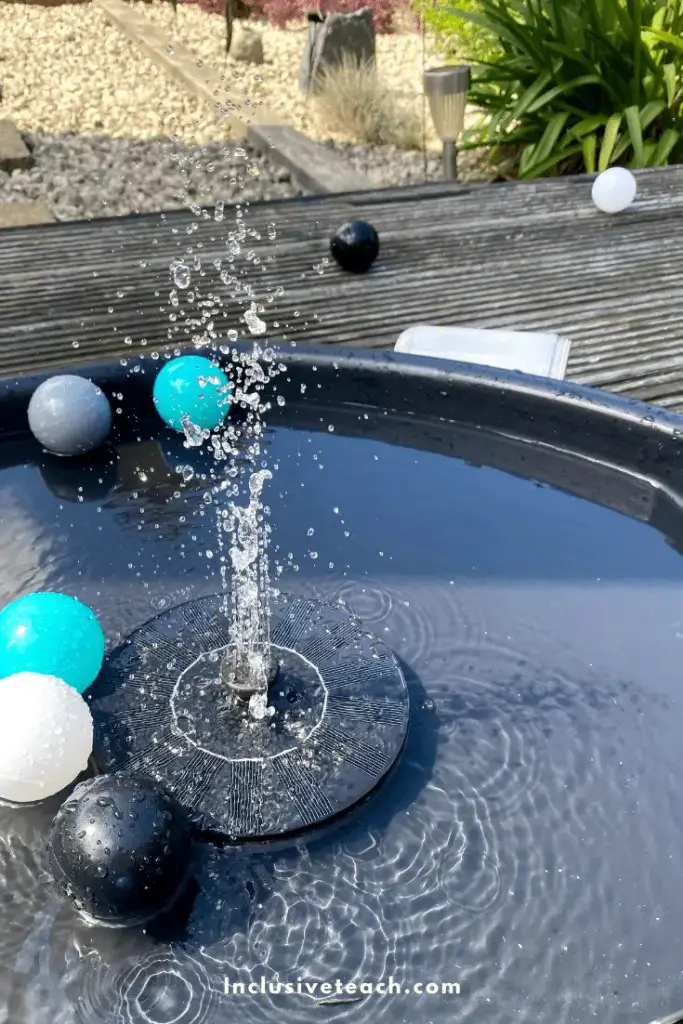
River: Create a river from tin foil or old drain pipes or gutters. There are lots of problem-solving opportunities in this tactile sensory activity. Why doesn’t the river flow? Where is the water escaping?
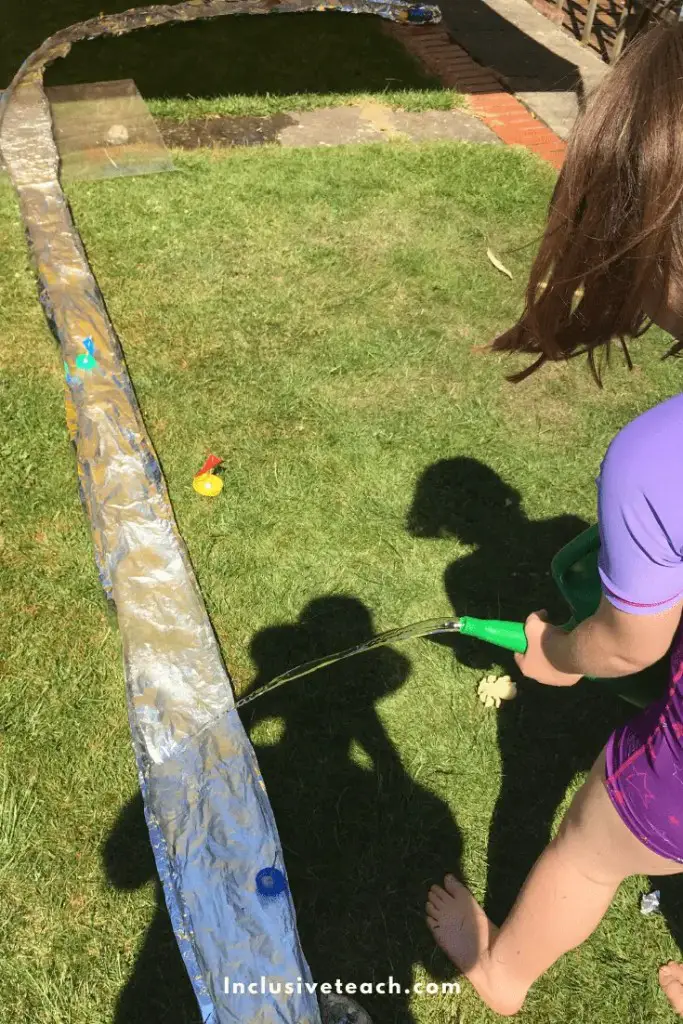
Leaf Collection: Encourage your children to collect different types of leaves and explore their textures, shapes, and sizes. Sorting and arranging leaves can also be a great tactile sensory activity to introduce concepts like classification and pattern recognition.
Garden Scavenger Hunt: Hide items of different textures in the garden, such as pine cones, pebbles, or seed pods. Your children can use their sense of touch to locate these objects, making the activity both fun and educational. We have some free printable scavenger hunts for download.
Creative Tactile Garden Activities
Chalk Drawing: Let your children express their creativity by drawing on the ground with large chunks of chalk. They can explore how the chalk feels on their hands and even under their nails.
Nature Rubbings: This activity involves placing objects like leaves, flowers, or bark on a page, then rubbing over them with the side of a crayon to create a texture rubbing. This creates a beautiful and unique piece of art!
Garden Massage Station: Collect items with various textures from the garden, like smooth stones, rough bark, or fragrant petals. Children can use these items to give each other gentle hand or foot massages, exploring the different sensations these natural materials provide.
Homemade Play Dough: Create play dough with your children using ingredients found in the garden like clay soil, sand, straw, and aloe vera gel. Add food colouring from vegetable extracts to spur their imagination. Kneading the dough provides a fun and tactile experience.
Garden Obstacle Course: Create an obstacle course using items of varying textures for your children to crawl through, over, and under. Examples include hay bales, carpet tubes, mesh netting, and fabric.
Garden Castanets: Collect a variety of seed pods, nut shells, etc., and fasten them together with string or rubber bands. Children can shake these “castanets” to make music and explore their different textures.
Leaf Jumping: This is a classic autumn activity but does need trees, sweep or rake the leaves into a pile and kick or jump into it.
Puddle Jumping: “Everyone loves jumping in muddle puddles” Albert Einstein. This is actually a car park, not our garden but one of the best rainy day activities with old clothes and a towel, just in case.
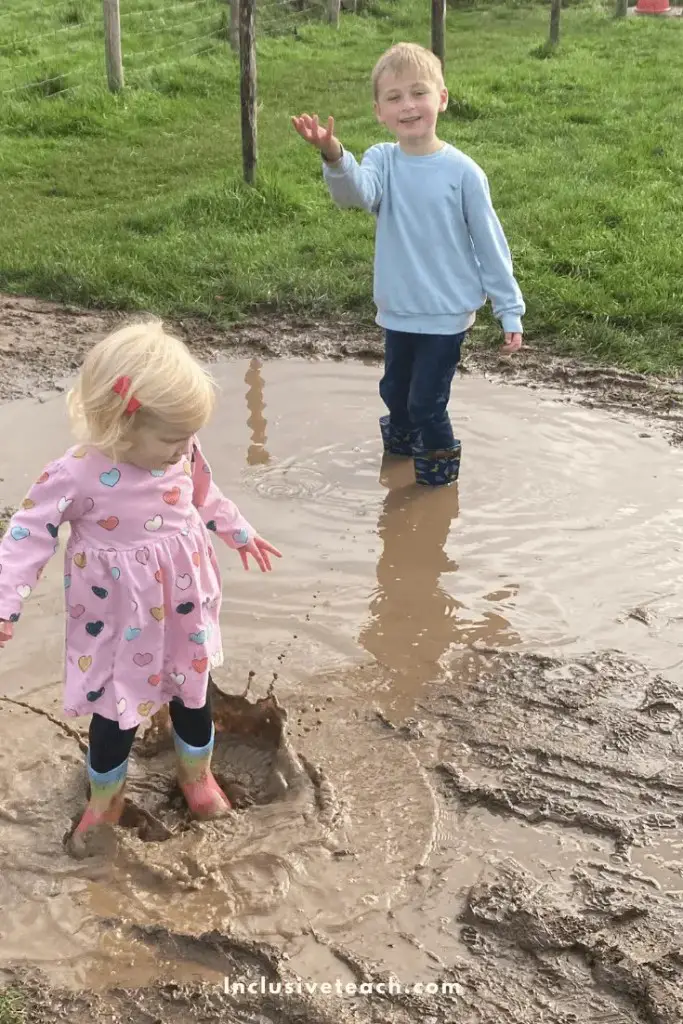
The Educational Benefits of Puddle Jumping
So popular puddle jumping needs its own section.
- Physical development – Jumping in puddles encourages the development of gross motor skills like balance, coordination, and agility as children jump, land, and manoeuvre around wet surfaces. This can aid physical fitness.
- Science learning – Puddle jumping provides natural opportunities to explore concepts like states of matter, buoyancy, surface tension, and absorption. Kids can observe puddles forming, and shrinking, and the properties of water.
- Creative play – Puddles inspire imagination as children pretend to be pop stars jumping on stage, stunt people doing tricks, imaginary creatures splashing in ponds, etc. This supports cognitive development.
- Risk assessment – Jumping into an unknown puddle involves evaluating depth, potential splashback, etc. This builds important life skills like evaluating risks and benefits.
- Fosters curiosity – Puddles spark the desire to investigate water’s behaviour and properties. indulging curiosity fosters a love of learning.
- Collaboration – Jumping together in puddles is social and helps develop cooperation skills as kids time jumps, compare splashes, and play water games together.
- Exposure to elements – Playing outdoors in different weather helps kids become comfortable in their environment and could strengthen their immune system through exposure to fresh air and moderate germs.
Your garden is a treasure trove of sensory experiences just waiting to be discovered. These tactile activities not only stimulate your child’s senses, but they also promote a deeper appreciation for nature. So put on your gardening gloves and start exploring!
Developmental Benefits of Tactile Sensory Activities
Tactile sensory activities and sensory play offer many developmental benefits for young children:
- Supports fine motor skills development through grasping, squeezing, pinching, pressing, and more
- Enhances sensory processing skills and sensory integration
- Develops cognitive skills like object permanence, cause and effect, spatial awareness
- Can develop a sense of time and the seasons – Use season specific activities such as Autumn sensory activities.
- Boosts focus and concentration
- Provides calming sensory input for self-regulation
- Builds language and vocabulary through descriptive words about textures
- Promotes creativity, imagination and problem-solving
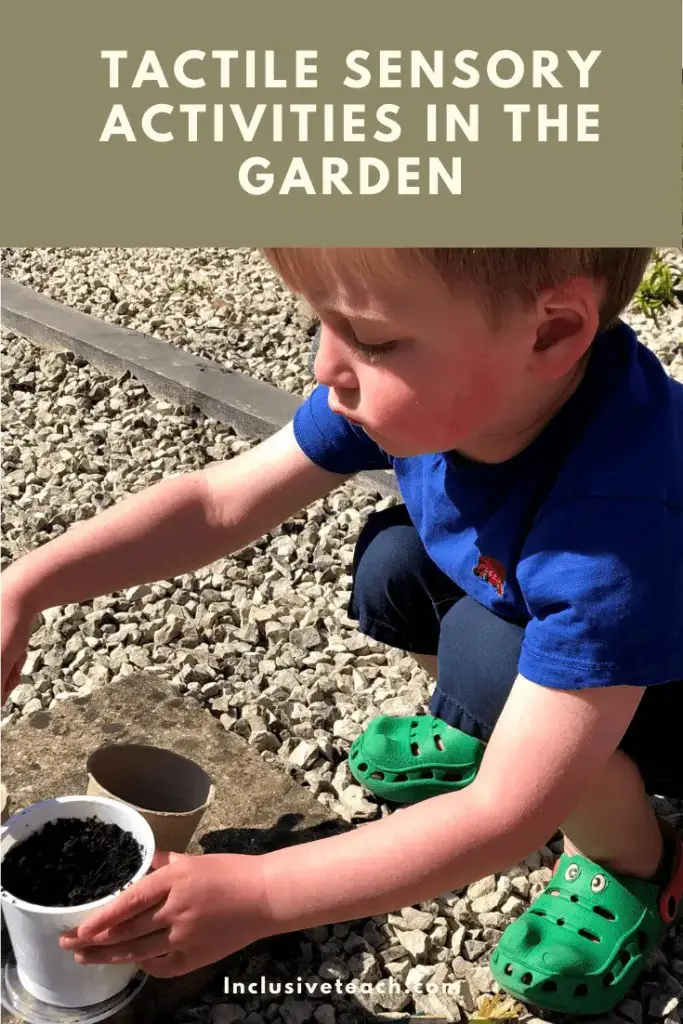


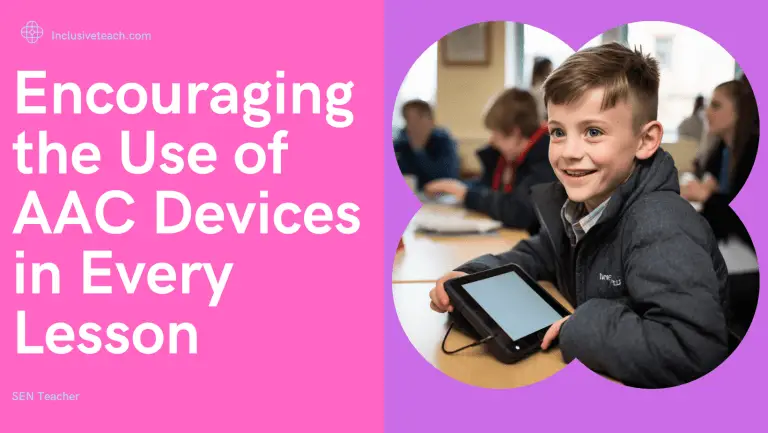

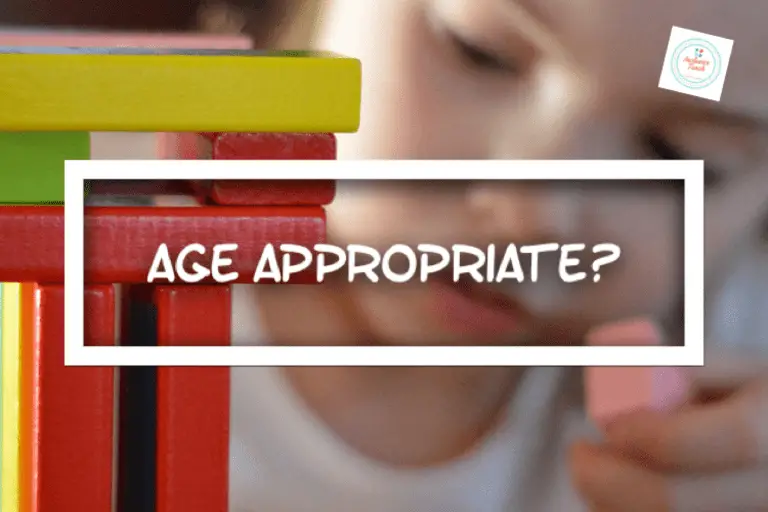

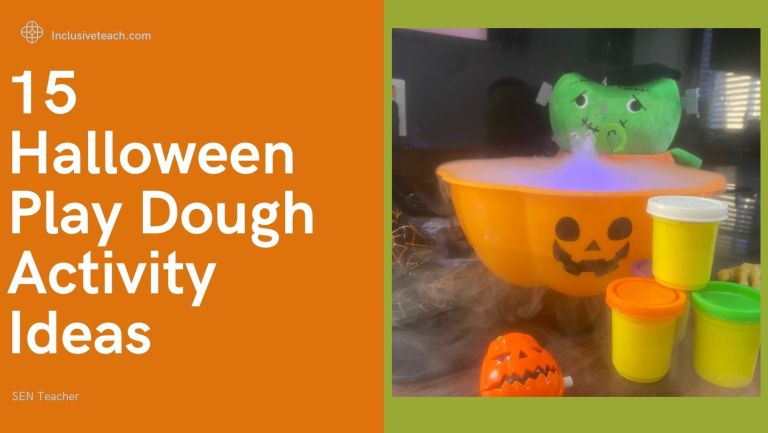
This is a great range of activities. Thanks for sharing.